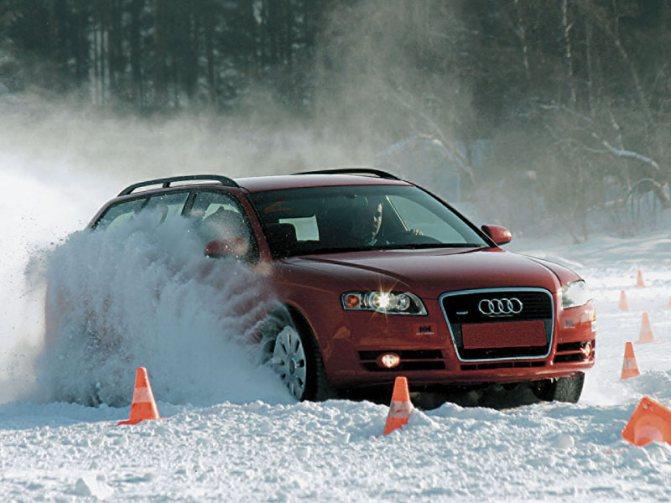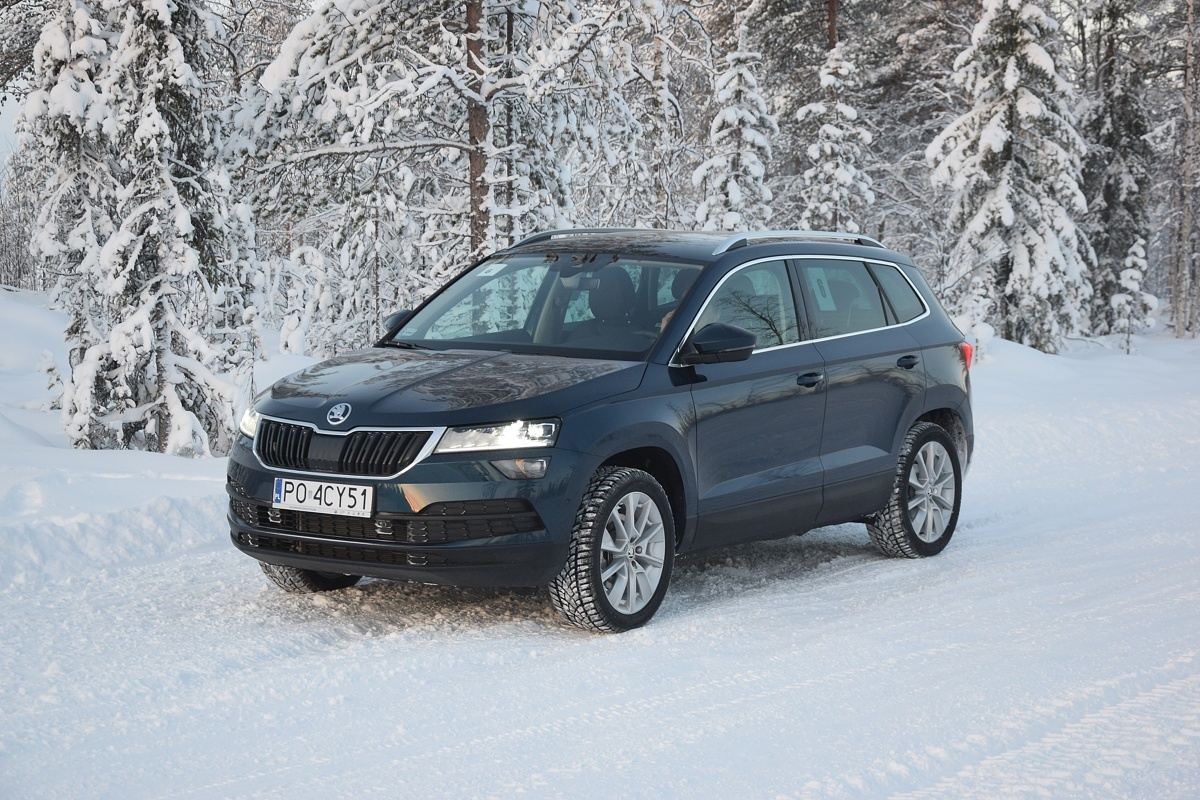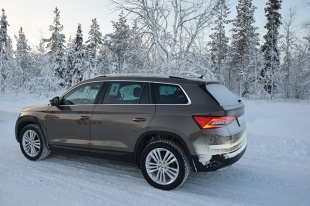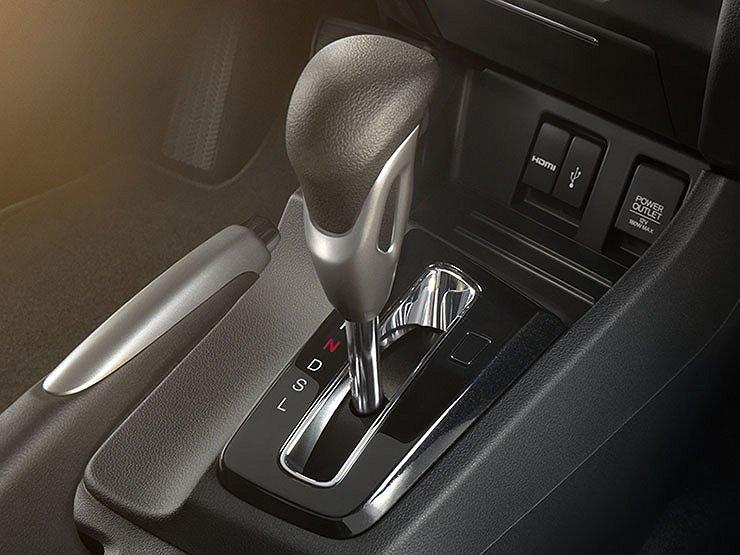
Winter car. Skid and snow control, i.e. driving in winter
 The winter school holidays are about to begin, which means that many will go skiing in the mountains. It is worth remembering the rules of safe driving in winter.
The winter school holidays are about to begin, which means that many will go skiing in the mountains. It is worth remembering the rules of safe driving in winter.
The winter rules for safe driving don't just apply to drivers heading into the mountains. After all, icy or snow-covered surfaces can be found in other regions of the country. There are also situations when we go on a long journey, we are surrounded by an autumn aura, and after a few hundred kilometers we are faced with snowfall, hoarfrost and slippery surfaces.
In winter, you have to be prepared for changeable weather. Rain can suddenly turn to snow or ice if the temperature falls below freezing. You should always take into account that the road surface is slippery, warns Radosław Jaskulski, coach of Skoda Auto Szkoła.
 Winter tires are the ABC of winter driving. It should be emphasized here that this type of tire is not only necessary when driving on snow or ice. Winter tires should be put on when the air temperature drops below 7 degrees Celsius for a long time.
Winter tires are the ABC of winter driving. It should be emphasized here that this type of tire is not only necessary when driving on snow or ice. Winter tires should be put on when the air temperature drops below 7 degrees Celsius for a long time.
– Remember that the proper condition of a tire is just as important as its type. Regulations set a minimum tread height of 1,6mm. This is the minimum value, however, in order for the tire to guarantee its full properties, the tread height must be at least 3-4 mm, notes Radoslav Jaskulsky.
However, in the mountains, winter tires may not be enough. Deep snow, frequent climbs, combined with slippery surfaces can cause a lot of trouble. Therefore, snow chains should be an indispensable vehicle equipment in winter mountain adventures. Moreover, on some mountain roads there is a mandatory use of cars equipped with them.
– Practice using snow chains before driving. We always put them on the drive axle, and in the case of an all-wheel drive car, we put the chains on the front axle,” explains the coach of Skoda Auto Szkoła.
However, stuck in a snowdrift, you should not sharply increase the gas and make sudden movements with the steering wheel.
– You should try to rock the car using first gear and reverse gear, gently pressing the gas pedal. “The wheels must be set to move in a straight line,” says Radosław Jaskulski.
Users of vehicles with automatic transmission face another problem, since in this case, alternating between forward and reverse gears can damage the transmission. The Skoda driving school coach advises to collect as much snow as possible from under the wheels, and then sprinkle sand under them or plant branches so that the tires can catch on the grip. Such an attempt is not always successful, so the tow rope should be mandatory equipment in the car in winter. Use the assistance of other drivers and their vehicles whenever possible.
Given the possibility of skidding or getting stuck in deep snow, winter driving conditions are less burdensome for 4WD owners. This drive provides better grip during acceleration and cornering, improving driving safety. Thanks to better wheel traction, a 4×4 drive machine accelerates better in difficult conditions than a single wheel drive machine. On the other hand, when overcoming snowdrifts, the 4xXNUMX drive reduces the risk of surface slippage under the wheels. Torque is distributed evenly to all wheels, and in the case of auto-split drive, most of the torque goes to those wheels that currently have better traction.
Four-wheel drive is no longer the prerogative of SUVs. This system is also used in the more popular SUVs as well as regular passenger cars. Skoda is one of those car manufacturers that offer several models equipped with 4×4 drive. In addition to the Kodiaq and Karoq SUVs, there are also Octavia and Superb models.
The main element of the Skoda 4 × 4 drive is an electro-hydraulic multi-plate clutch that provides a smooth distribution of torque between the front and rear axles. In normal driving on dry pavement 96 percent. torque goes to the front axle. When one wheel slips, the other wheel immediately gets more torque. If necessary, the multi-plate clutch can transfer up to 90 percent. torque on the rear axle.
However, in combination with various systems and functions of the car up to 85 percent. torque can be transmitted to one of the wheels. Everything happens automatically without the participation of the driver.
